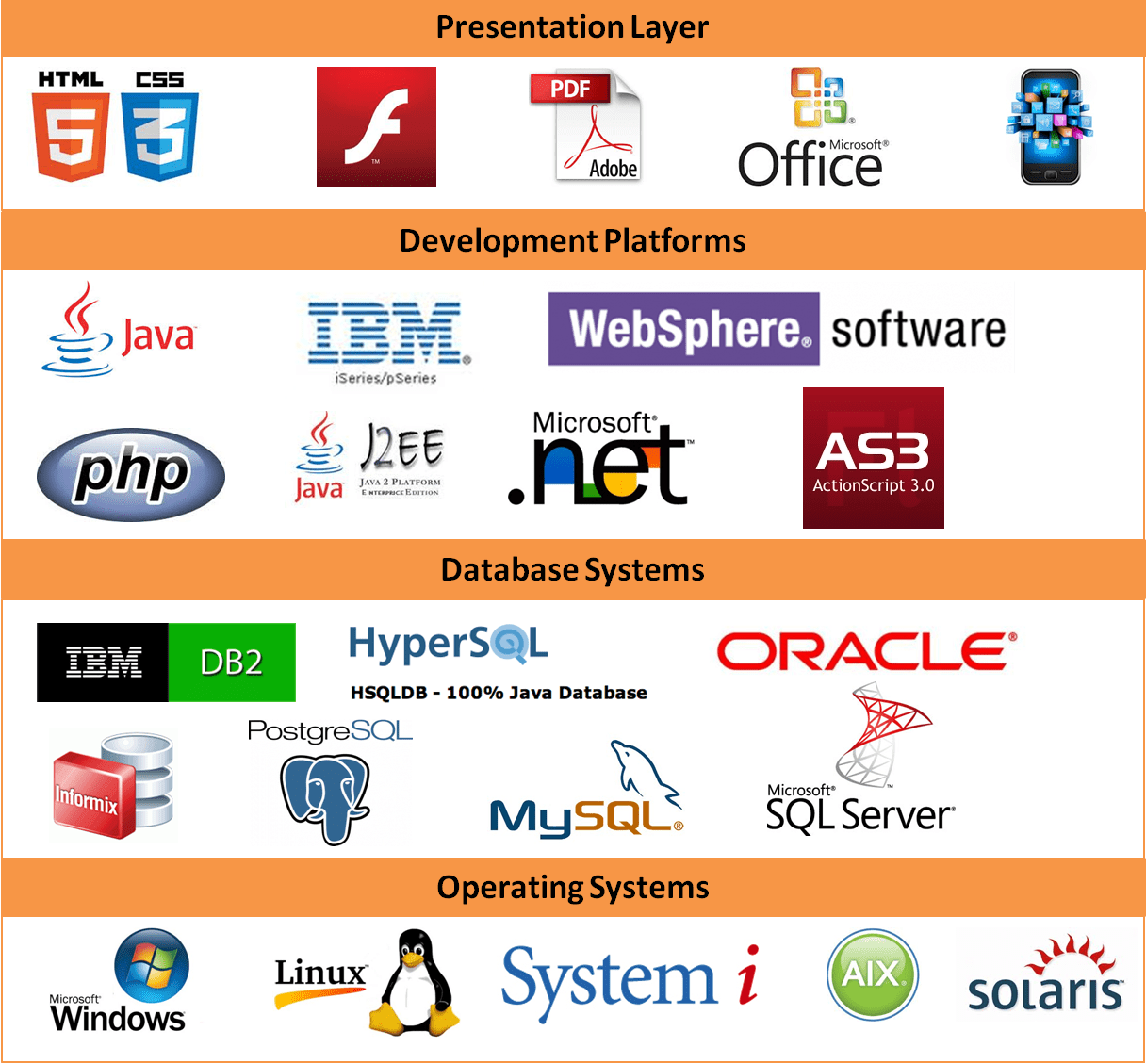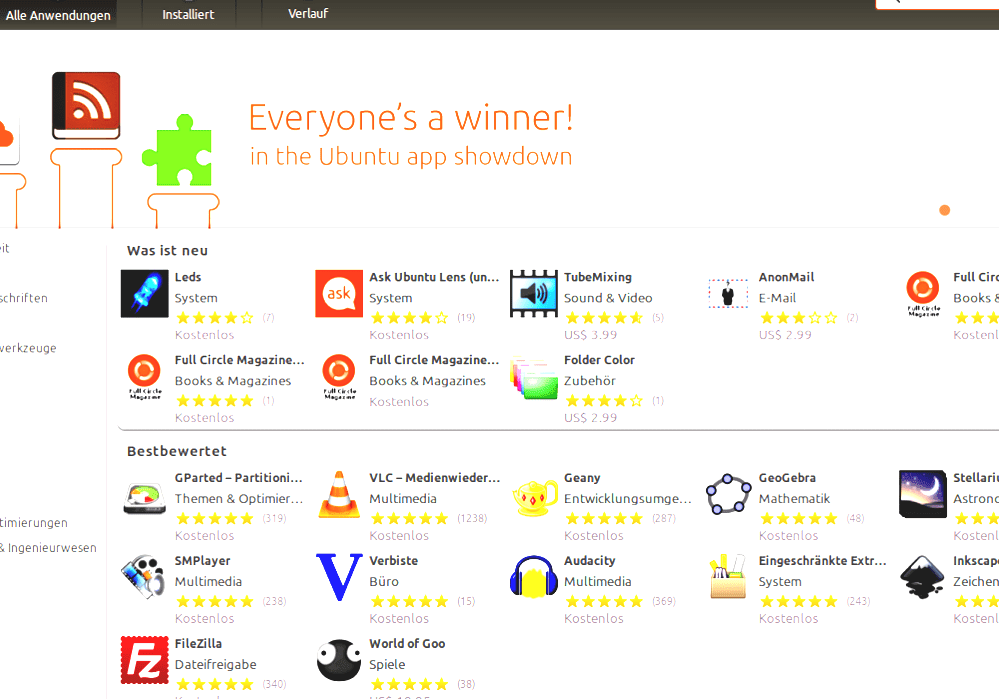


When working with mobile web solutions, users perform all the actions they perform when going to any website, while also getting the opportunity to “install” these apps on their desktops via creating a bookmark of the webpage. The only thing one needs to use is a browser, as well as an Internet connection (which is necessary to access). Native apps can have access to the device’s notification system, and, depending on the purpose of the application, can completely or partially act without an Internet connection.Ī mobile web application is essentially a website that is adapted and optimized for any smartphone. Since native applications are optimized for a specific OS, they fit organically into any smartphone, meaning that their speed and performance stability remain the same no matter the device. It’s worth saying that many native apps can work without an Internet connection.

They can recognize standard gestures installed on the operating system by default or use completely new gestures unique to a particular solution.
#Main application software categories full#
Native apps are designed specifically for a certain platform and can use the full range of the device’s capabilities – camera, GPS sensor, accelerometer, compass, contact list, and so on. For Android, this language can be Java or Kotlin, while for iOS it is Objective-C or Swift. These applications are called native because they are written in a programming language that is native to a particular platform. Let’s take a closer look at these categories and find out what is the main difference between them all. Also, do not forget that the choice of the required category is based on the needs of your customers. The choice in favour of mobile app categories is based on various parameters, such as timelines for development, budget, and some app’s specifications. There are three main categories of mobile applications on the market.
#Main application software categories how to#
In this article, I would like to compare various mobile app categories and types to help you understand how to approach the app development process and analyze the competition by exploring products of the same type in stores. Different types of mobile applications help us organize work and leisure time, find out the latest news, and communicate with our friends and family. As the number of mobile devices grows, the need for application development also increases. Smartphone apps have become an integral part of modern people’s lives.


 0 kommentar(er)
0 kommentar(er)
